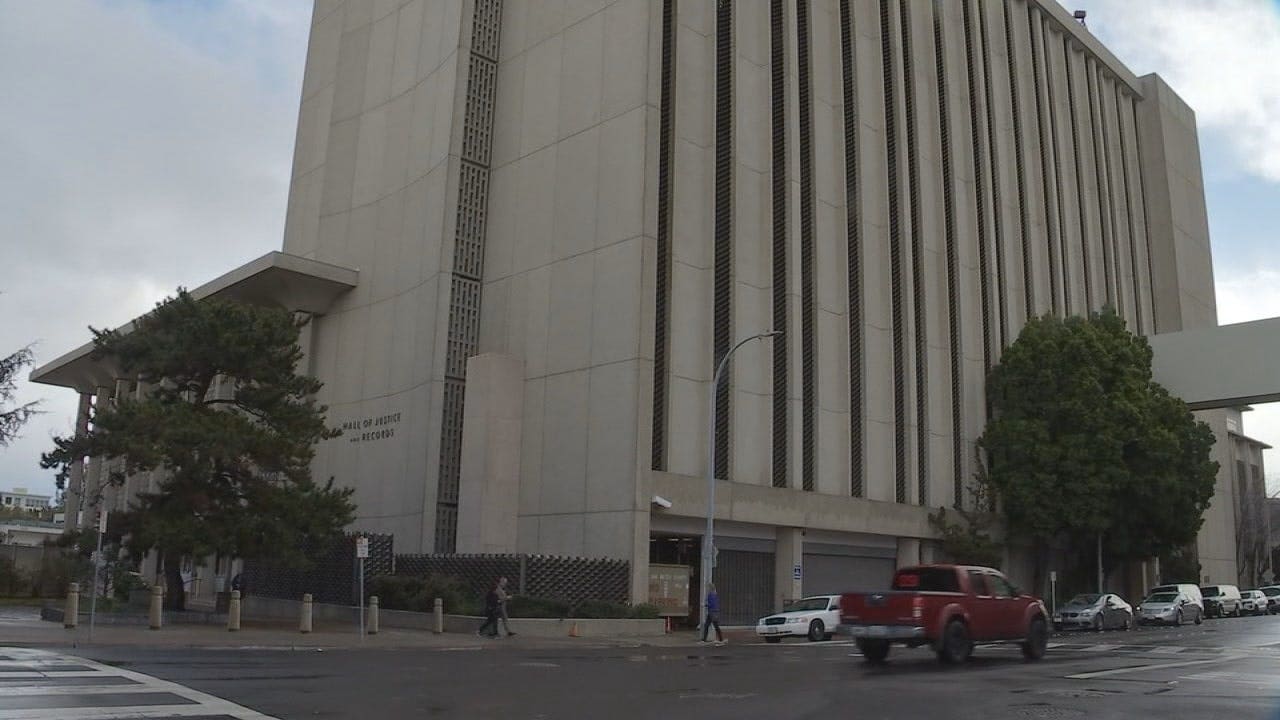Higher Education's Diversity Challenge: Admissions Standards Under Scrutiny

Table of Contents
The Affirmative Action Debate
The debate surrounding affirmative action in higher education is long-standing and deeply complex. It centers on the question of whether race or ethnicity should be a factor in college admissions decisions to redress historical and ongoing systemic inequalities.
Legal Challenges and Supreme Court Cases
Recent Supreme Court cases have significantly impacted affirmative action policies.
- Grutter v. Bollinger (2003): This case upheld the University of Michigan Law School's affirmative action policy, finding that a narrowly tailored use of race as one factor among many in admissions was permissible.
- Fisher v. University of Texas (2013, 2016): These cases clarified the standards for evaluating affirmative action programs, emphasizing the need for a compelling interest and narrowly tailored measures.
- Students for Fair Admissions, Inc. v. President & Fellows of Harvard College (2023): This case saw the Supreme Court rule against race-conscious admissions policies, significantly altering the landscape of higher education diversity.
These rulings have sparked intense debate, with proponents arguing that affirmative action is necessary to counteract centuries of discrimination and create a more diverse and representative student body, enriching the educational experience for all. Conversely, opponents contend that affirmative action is inherently discriminatory, violating the principle of equal opportunity and potentially leading to reverse discrimination. Statistics highlight the disparity; for instance, underrepresented minority groups consistently have lower representation in higher education than their proportion in the general population. The long-term effects of these Supreme Court decisions on higher education diversity remain to be seen.
Alternative Approaches to Promoting Diversity
In light of the shifting legal landscape, many universities are exploring alternative strategies to increase diversity.
- Need-blind admissions: These policies admit students regardless of their financial need, leveling the playing field for students from low-income backgrounds.
- Expanded outreach programs: These programs actively recruit students from underrepresented groups, often targeting high schools in underserved communities.
- Support for first-generation college students: Universities are increasingly providing targeted support services to help first-generation students navigate the complexities of higher education.
- Holistic review with emphasis on socioeconomic factors: More universities are using comprehensive data to determine applicants’ backgrounds and experiences, enabling them to better identify and support disadvantaged students.
These alternative approaches demonstrate a commitment to higher education diversity while complying with legal requirements. However, their effectiveness varies, and some argue that they do not adequately address deeply rooted socioeconomic inequalities.
Holistic Review Processes: A Balancing Act
Holistic review is an admissions process that considers a wide range of factors beyond academic performance.
Defining Holistic Review
Unlike purely merit-based approaches, which rely heavily on GPA and standardized test scores, holistic review considers a broader array of qualities and experiences.
- GPA and standardized test scores: These still play a role, but are considered in context with other factors.
- Extracurricular activities: Demonstrated leadership, commitment, and involvement in diverse activities are valued.
- Essays and letters of recommendation: These provide insights into the applicant's personality, values, and potential.
- Socioeconomic background: This factor helps admissions committees understand the applicant's circumstances and challenges overcome.
Holistic review aims to provide a more nuanced and equitable assessment of applicants, but it also presents challenges.
Ensuring Equity and Transparency in Holistic Review
Concerns remain about potential biases in holistic review, even when conducted with good intentions.
- Blind review processes: Removing identifying information from applications can help mitigate unconscious bias.
- Training for admissions officers: Providing thorough training on bias awareness and equitable evaluation practices is essential.
- Clearly defined criteria: Establishing transparent and specific criteria for evaluation ensures fairness and accountability.
Transparency and well-defined criteria are crucial for ensuring that holistic review processes promote higher education diversity fairly and effectively.
Socioeconomic Factors and Access to Higher Education
Socioeconomic disparities significantly impact access to higher education.
The Impact of Socioeconomic Disadvantage
Students from low-income backgrounds often face numerous barriers to college access.
- Access to quality K-12 education: Unequal funding and resources lead to disparities in educational quality.
- Test preparation resources: Access to tutoring and test preparation materials is often limited for low-income students.
- Financial aid: Even with financial aid, the cost of college can be prohibitive for many families.
Statistics consistently show a strong correlation between socioeconomic status and college enrollment rates.
Strategies to Improve Access for Underserved Students
Addressing socioeconomic barriers requires multifaceted strategies.
- Expanded financial aid programs: Increasing funding for grants and scholarships is crucial to making college more affordable.
- Mentoring programs: Providing mentorship and guidance can help students from disadvantaged backgrounds navigate the college application process.
- Early college programs: These programs allow students to earn college credit while still in high school, increasing their preparedness and reducing the time and cost of college.
These initiatives represent a significant step toward improving access to higher education diversity, but broader systemic changes are needed to create a truly equitable system.
Conclusion
The ongoing debate surrounding higher education diversity and admissions standards reveals the complex challenge of balancing merit with equity. While affirmative action's future is uncertain, alternative approaches like holistic review and targeted outreach programs offer potential pathways toward a more inclusive higher education system. Addressing socioeconomic disparities is crucial for ensuring equal access for all students. Continued dialogue and innovative solutions are essential for advancing higher education diversity and ensuring a fair and equitable admissions process for all. Let's continue the conversation on improving higher education diversity and finding effective solutions to the challenges ahead.

Featured Posts
-
 The Crisis In Libraries Staff Cuts And Service Reductions
May 19, 2025
The Crisis In Libraries Staff Cuts And Service Reductions
May 19, 2025 -
 Financial Assistance For Environmentally Conscious Smes
May 19, 2025
Financial Assistance For Environmentally Conscious Smes
May 19, 2025 -
 New Documents Reveal Hamas Plot To Torpedo Israel Saudi Relations
May 19, 2025
New Documents Reveal Hamas Plot To Torpedo Israel Saudi Relations
May 19, 2025 -
 Erling Haaland Police Report After Man City Mascots Whiplash Injury
May 19, 2025
Erling Haaland Police Report After Man City Mascots Whiplash Injury
May 19, 2025 -
 Eurovision In Concert 2025 An Armenian Debut For Parg
May 19, 2025
Eurovision In Concert 2025 An Armenian Debut For Parg
May 19, 2025
